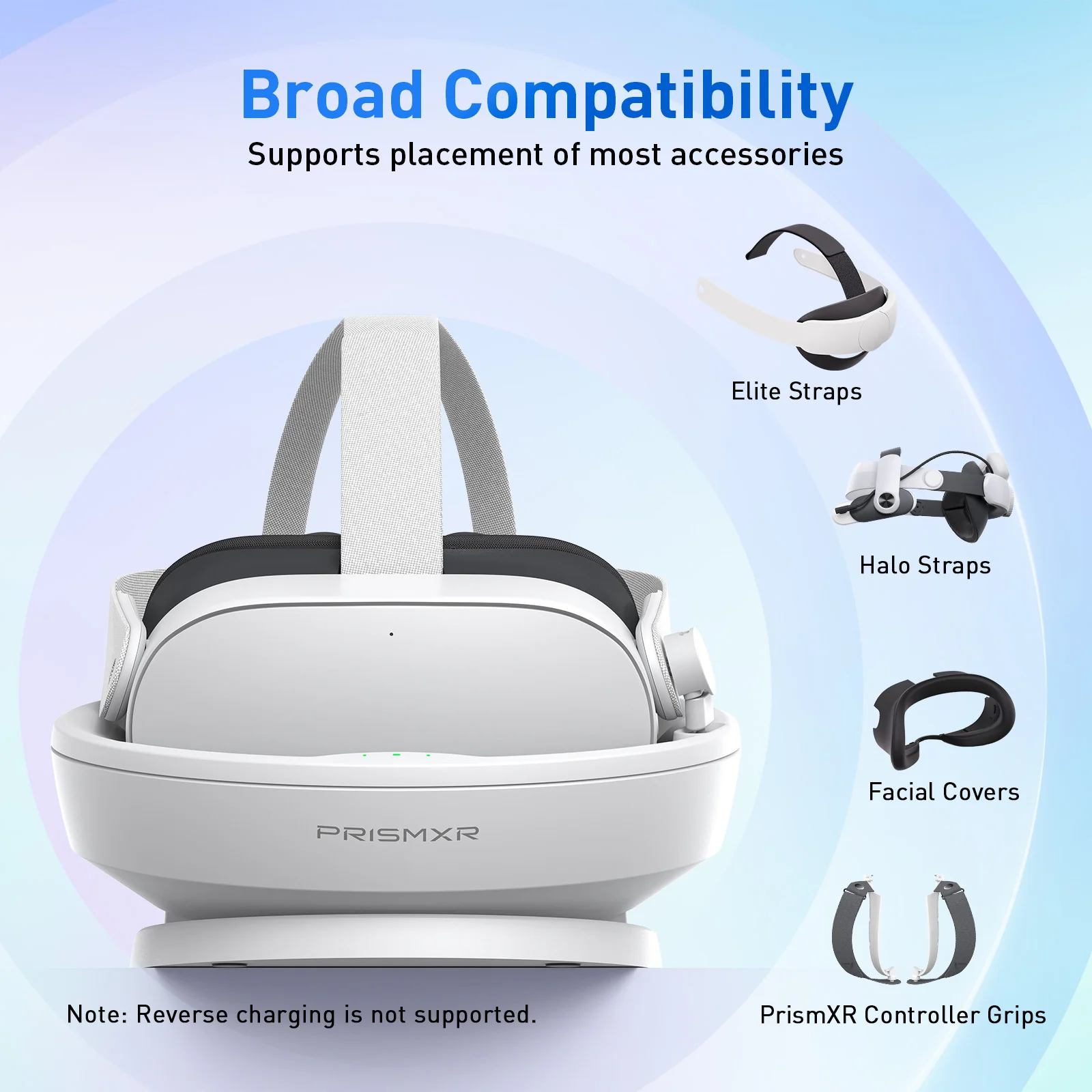HIPAA Compliance: What Healthcare App Developers Need to Know

When you’re a healthcare mobile app development company, you’re not just building a product; you’re building a vessel for some of the most sensitive data in existence. Think about it: every piece of information about a person’s health—from their blood pressure to their medical history—is sacred. That’s where the Health Insurance Portability and Accountability Act, better known as HIPAA, comes in. This isn’t some abstract legal boilerplate; it’s the absolute foundation for trust and security in digital health. For mobile medical app developers, understanding and strictly adhering to HIPAA is the difference between success and a catastrophic data breach. It’s a legal framework that dictates how you must protect what’s called Protected Health Information, or PHI. Ignoring these rules can lead to massive fines, legal trouble, and a complete loss of user trust, effectively sinking your app before it even gets off the ground.
Understanding the Core HIPAA Rules
To get a grip on HIPAA, you have to know its main pillars. First, there’s the Privacy Rule, which sets the standards for protecting PHI. It’s all about who can access and use this information. Then you have the Security Rule, which focuses on the technical, administrative, and physical safeguards required to protect PHI in its digital form, known as ePHI. It’s the “how-to” guide for securing data. Lastly, the Breach Notification Rule is your emergency plan. It lays out precisely what to do—and who to tell—if a data breach occurs. These three rules work in concert, creating a comprehensive safety net. For a healthcare application development company, navigating these rules is crucial because they’re designed to cover every single aspect of data management, from the moment you collect information to the moment you discard it.
Technical Safeguards: Securing Electronic Protected Health Information (ePHI)
This is where the rubber meets the road. As a developer, the technical safeguards are your primary responsibility. This section is about building a digital fortress.
Data Encryption: At Rest and In Transit
Imagine your users’ health data is a secret message. Without encryption, you’re sending that message on a postcard for everyone to read. That’s why HIPAA mandates encryption for ePHI. You need to protect the data while it’s sitting on a server, or at rest, using robust encryption standards like AES-256. And you have to secure it when it’s traveling between the app and the server, or in transit, with protocols like TLS/SSL. Think of these as two different but equally essential locks on the same chest. An actual healthcare mobile application development effort must prioritize both compliance and security. You cannot afford to leave either of these vulnerabilities exposed.
Access Control and User Authentication
Not everyone should have a key to the fortress, and even those who do shouldn’t be able to open every single door. That’s the core principle of access control. You need unique identifiers for every user so you can track their activity. You also need to use multi-factor authentication (MFA), which adds a crucial second layer of security beyond a simple password. This is like requiring both a key and a security code to enter a building. Additionally, using role-based access control (RBAC) ensures that users only have access to the information necessary for their job, following the principle of least privilege. These controls are a non-negotiable part of building a secure system, and any team of healthcare software developers should have this as a top priority.
Audit Controls and Activity Logging
You wouldn’t run a business without keeping records, would you? The same applies to ePHI. Audit controls are your eyes and ears, constantly monitoring and recording all activity. This includes who accessed what data, when they accessed it, and what changes were made. Think of it as a detailed transaction history for every piece of patient information. If anything ever goes wrong, you can trace the events back to their origin. This healthcare app development company practice is vital for both security and accountability, enabling you to identify suspicious behavior and respond promptly. It also provides the necessary documentation for audits and investigations.
Secure Data Handling and Disposal
The life of a piece of data isn’t infinite. From the moment you collect it, you must handle it with extreme care. This means only gathering the information you absolutely need—a practice called data minimization—and securing it from every angle. When its purpose has been served, you must have a formal process for its irreversible destruction. This isn’t as simple as hitting the delete key; it requires specific, secure methods to make sure the data is gone forever. This is a fundamental part of providing healthcare mobile app development services that are truly trustworthy and secure, protecting not just your company, but also your users.
The Role of Administrative and Physical Safeguards
While technical safeguards focus on the code and systems, HIPAA also requires consideration of the people and places. These aspects are often overlooked but are just as critical.
Conducting a Comprehensive Risk Assessment
You can’t protect what you don’t understand. A thorough and regular risk assessment is not just a good idea; it’s a mandatory requirement under the Security Rule. This means actively looking for vulnerabilities in your systems, processes, and people. It’s about asking tough questions: What could go wrong? Where are our weaknesses? You should also have a plan to mitigate those risks. This is an ongoing process, not a one-time chore. A successful healthcare app developers team treats risk assessment as a continuous cycle of analysis and improvement, not as a box to be checked.
Business Associate Agreements (BAAs)
When you use a third-party service—like a cloud hosting provider, an analytics service, or a payment processor—and they handle ePHI, you need a BAA. This legally binding contract ensures they will uphold the same HIPAA standards you do. It’s like a promise you both sign, stating that you’re in this together. Any modern medical software development company knows that it is responsible for ensuring compliance with its partners. Hence, a BAA is your way of making sure everyone is on the same page. Without it, you are exposed to significant legal and financial risk.
A Checklist for App Developers
Getting started on the path to compliance can feel overwhelming. To simplify things, here is a practical checklist for mobile medical app development. Think of it as a step-by-step guide to ensure you’re on the right track from the very beginning.
- Perform a security risk analysis before development begins.
- Choose a HIPAA-compliant cloud hosting provider and sign a BAA.
- Implement strong encryption for all data at rest and in transit.
- Use multi-factor authentication and granular access controls.
- Enable comprehensive logging and auditing of all user activity.
- Establish a data breach response plan.
- Regularly update and test the application for security vulnerabilities.
- Train all staff on HIPAA compliance policies.
Following this checklist will significantly reduce your risk and build a solid foundation for your app.
Conclusion
Building a secure healthcare application requires more than just good code; it demands a deep commitment to patient privacy and security. HIPAA isn’t a creative constraint; it’s a framework for building trust. By treating every piece of ePHI as if it belongs to your own family, you move beyond mere compliance. You become a leader in your field, showing that your company values ethical development above all else. This proactive, security-first mindset is the hallmark of truly successful mobile medical app developers, and it’s what sets a great app apart from the rest.




